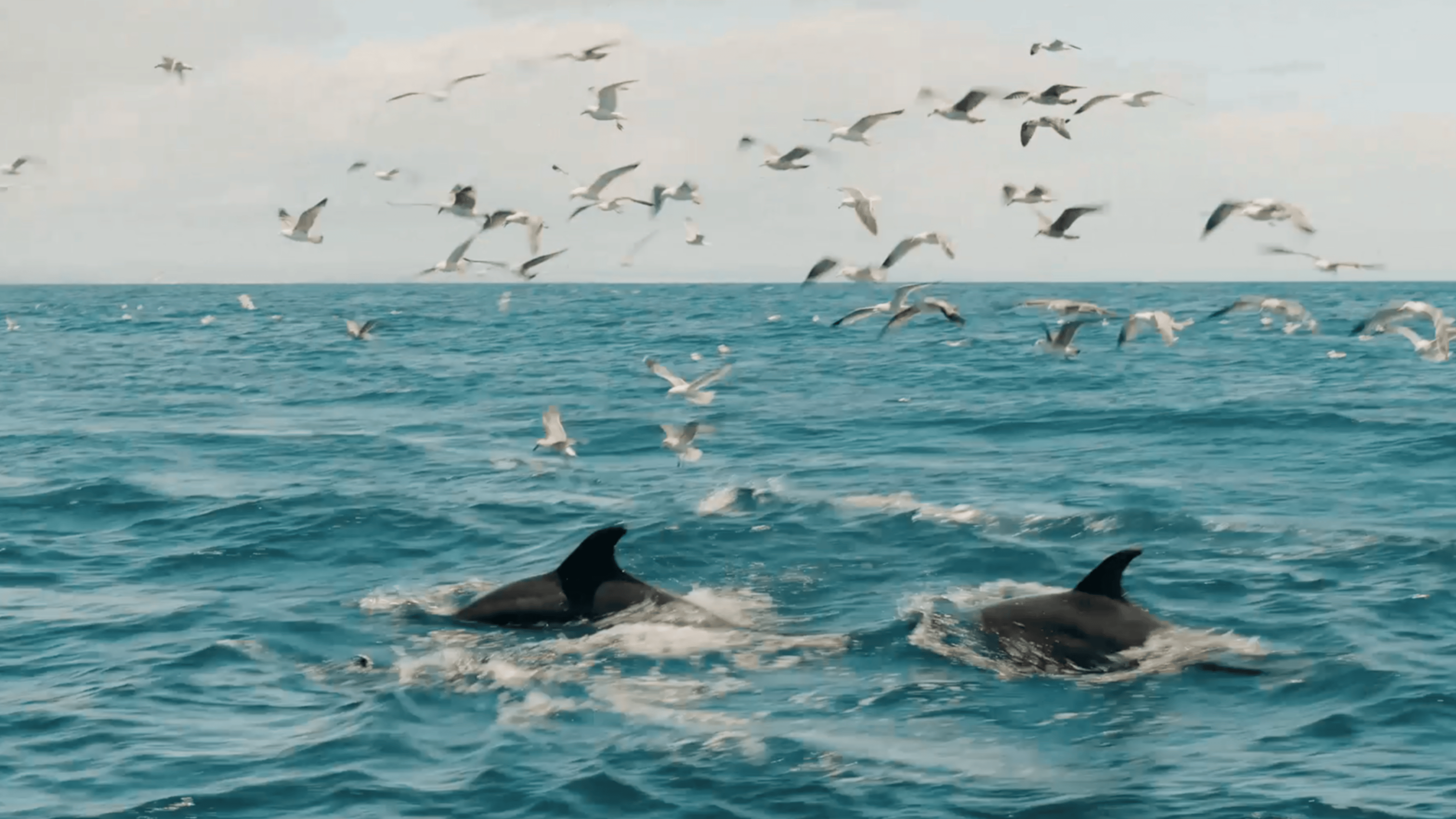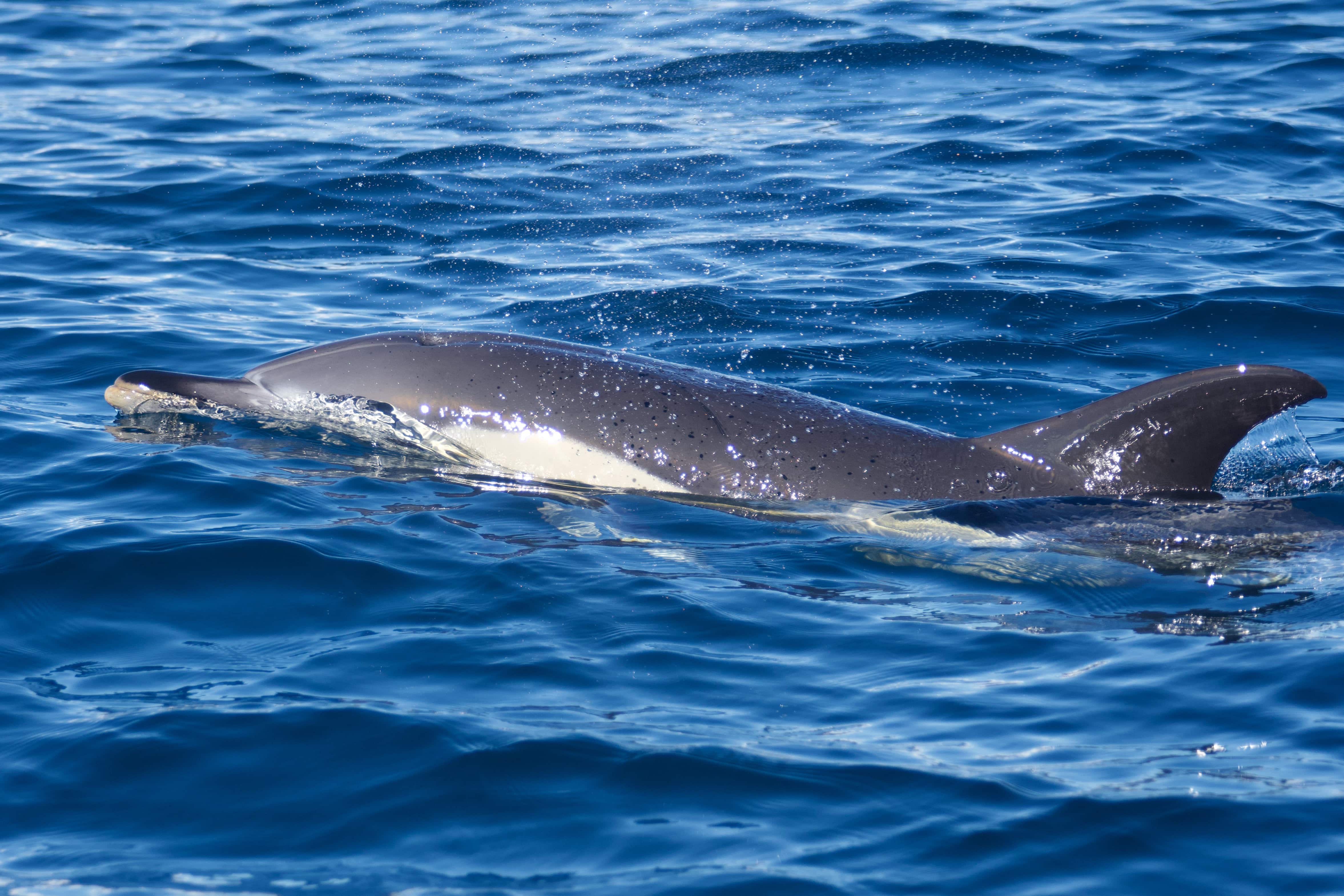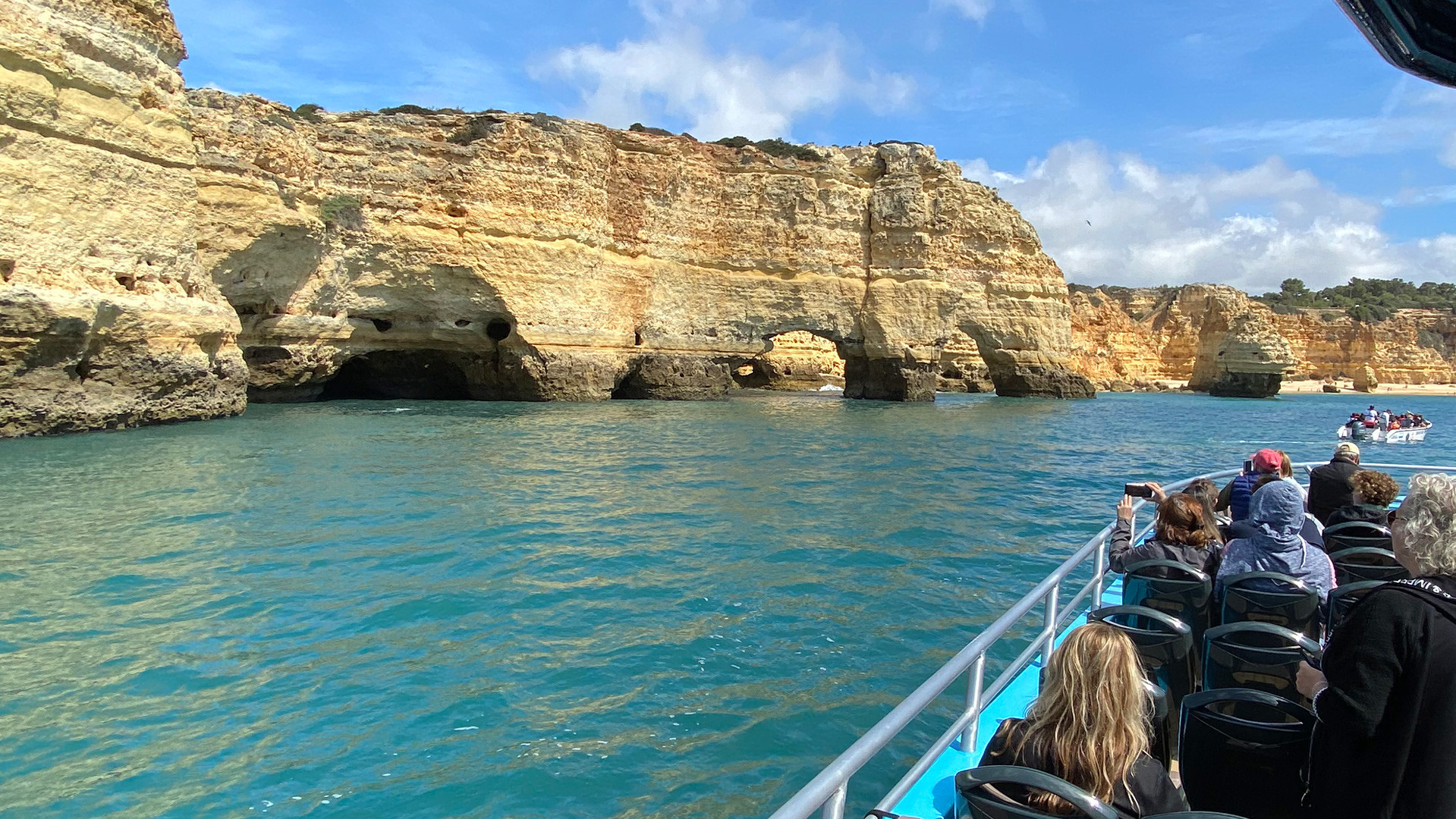Balance in the ocean: Dolphins and Birds
Discover how dolphins and birds work together to maintain the balance of the oceans and ensure the health and biodiversity of the seas.
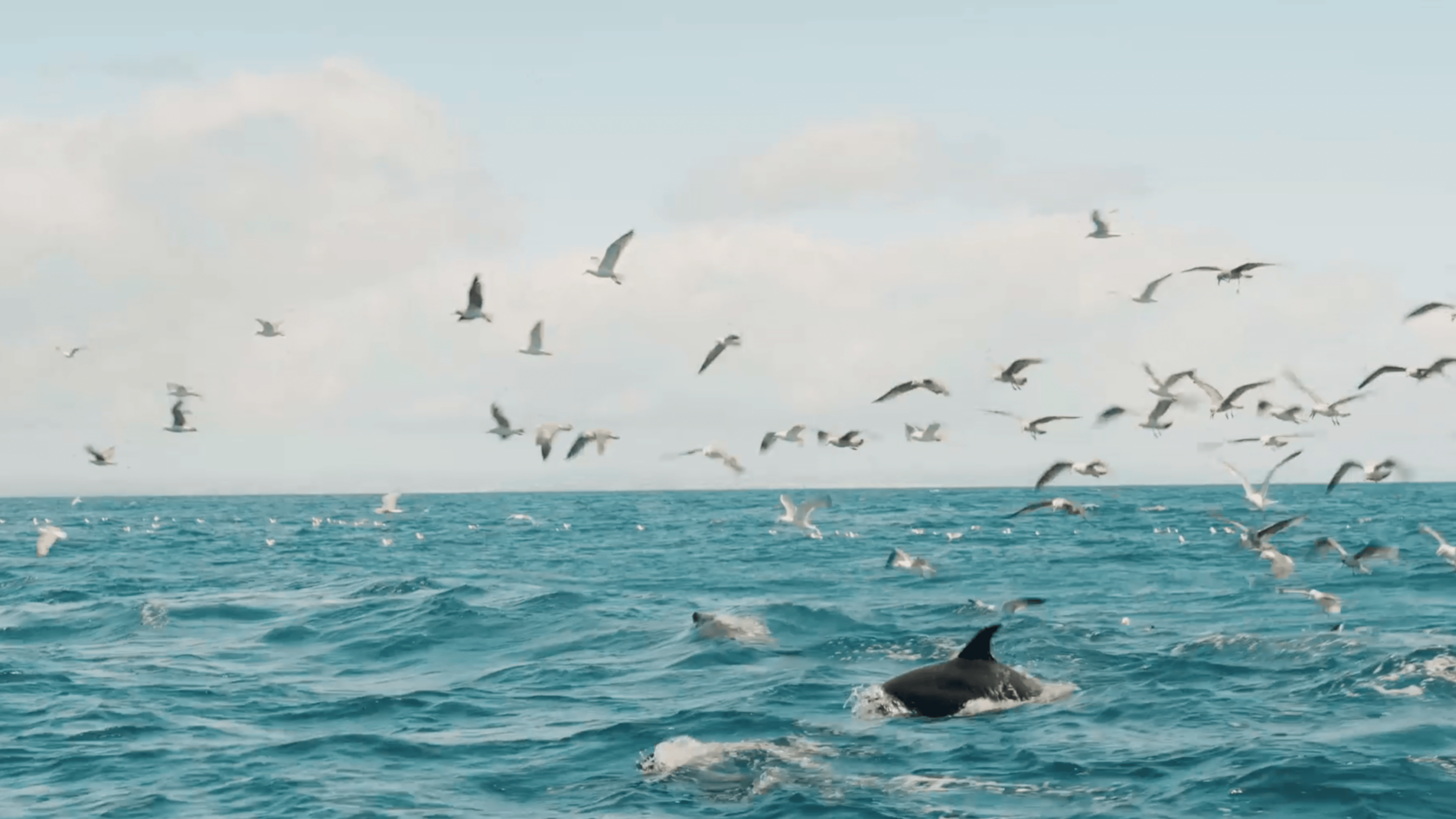
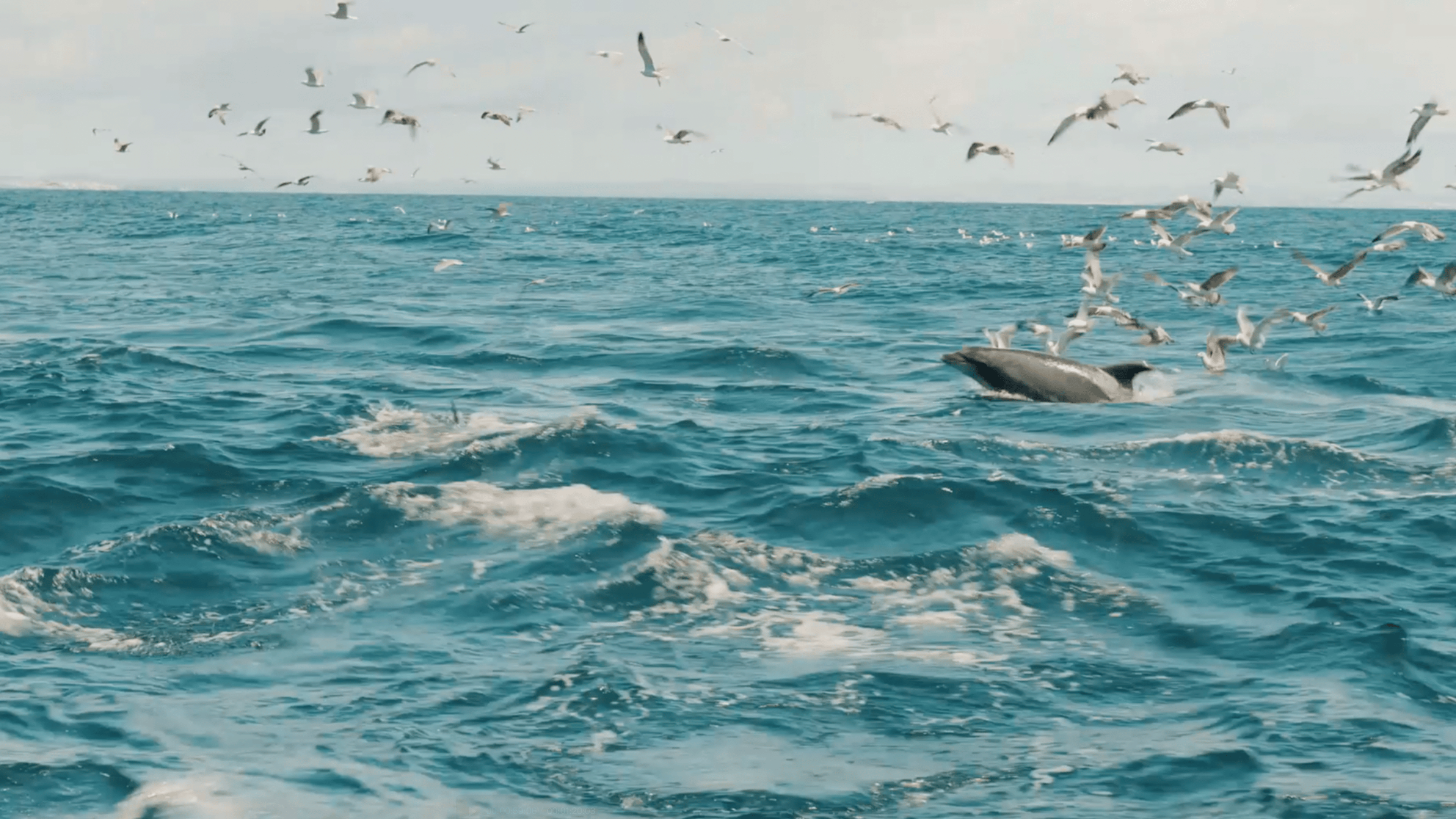
The role of dolphins and birds in keeping the oceans in balance
The oceans are incredibly complex ecosystems, with each species playing a vital role in maintaining the balance. Among the protagonists in this scenario are dolphins and seabirds who, despite their differences, work in harmony to maintain the health of the seas. In this article we explore how these species contribute to the balance of the oceans and why their conservation is so important.
Dolphins - Guardians of the Marine Ecosystem
Dolphins are top predators and play a crucial role in the oceans, particularly when it comes to population control.
As predators, dolphins help regulate fish and squid populations, preventing the overpopulation of certain species that could unbalance the ecosystem. By removing the weakest or sickest individuals, they promote the overall health of prey populations.
Ocean Health Indicators
The health of dolphin populations is a direct reflection of the quality of the marine environment. Problems such as pollution or food shortages can be detected by observing changes in their behaviour or health.Ecosystem engineers
While hunting, dolphins move schools of fish, bringing them to the surface. This behaviour benefits other species, such as seabirds, which feed on the fish brought to the surface.Connecting with people
Dolphins are charismatic and attract public interest, helping to promote marine conservation and raise awareness of the importance of protecting marine life.Seabirds - Sentinels of the oceans
Also play a fundamental role in the balance of the oceans by controlling populations of fish and marine invertebrates, contributing to the balance of the food chain.
Nutrient dispersers
By feeding in the ocean and returning to land, birds transport marine nutrients such as nitrogen and phosphorus to terrestrial ecosystems, fertilising the soil and promoting biodiversity.Environmental indicators
Changes in seabird behaviour or populations can signal problems in the ecosystem, such as a decline in fish or climate change.Interaction with other species
Seabirds often follow dolphins and other marine predators to take advantage of fish brought to the surface during the hunt. This interaction creates a symbiotic relationship that benefits both parties.The relationship between dolphins and seabirds is a fascinating example of cooperation in nature:
Hunting cooperation: dolphins hunt in groups, surrounding schools of fish and pushing them to the surface. This makes it easier for the birds to dive down and catch the fish.Food chain: This interaction helps to distribute resources efficiently, ensuring that different species can feed without depleting prey populations.
Balance: by working together, dolphins and birds help to maintain biodiversity and the stability of marine ecosystems.
Why protect dolphins and birds?
The conservation of dolphins, seabirds and their habitats is essential for the health of our oceans. Unfortunately, these species face threats such as- Marine pollution, including plastics and chemicals;
- Underwater noise, which interferes with dolphin communication;
- Climate change, which affects food availability;
- Overfishing, which reduces prey populations.
Protecting these species is not only a matter of conservation, but also of ensuring the balance of marine ecosystems and, therefore, the health of the planet.
Want to learn more about the role of dolphins and birds in the oceans? Follow our blog for more stories and curiosities about marine life. Join us in our mission to protect the oceans and their incredible creatures!
Check out this article!

